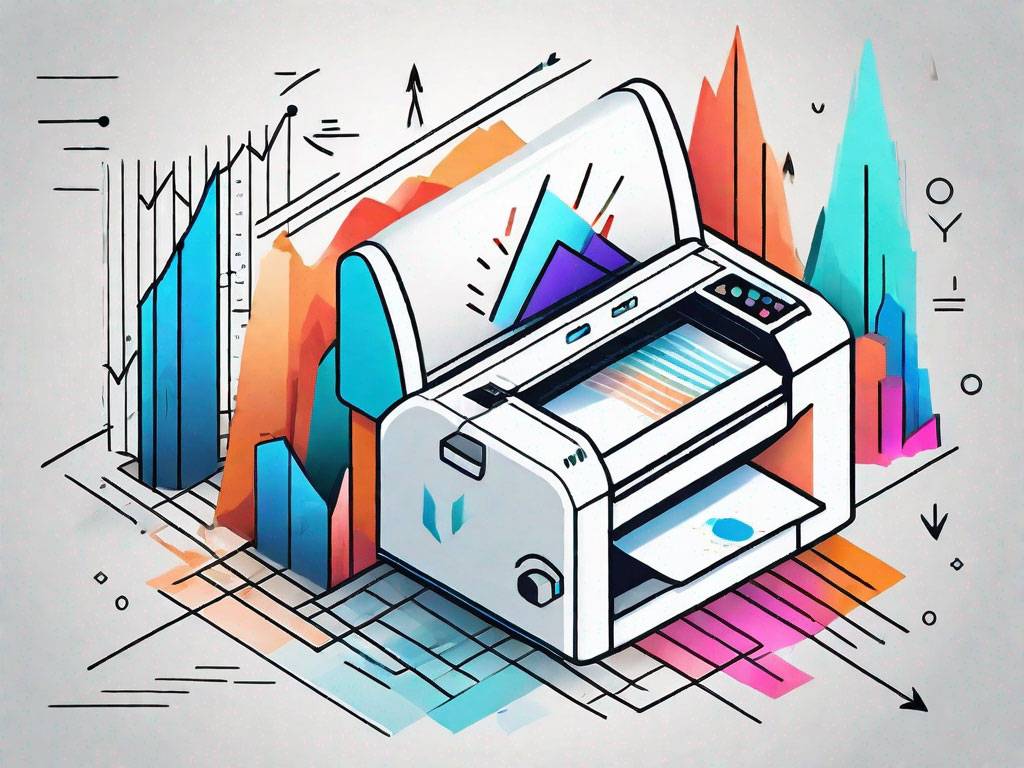Comprehending How Digital Printing Changes the Printing Industry
The printing sector, long soaked in traditional techniques, is undertaking an extreme transformation with the development of digital printing. With its possible to stimulate interaction with customized material and to use lasting options, it's clear that digital printing is more than a technological advancement; it's a critical game changer.
The Evolution of Digital Printing: A Brief Overview
Since its beginning, digital printing has gone through considerable changes, continually changing the printing market. With the introduction of the 90s, electronic printing modern technology began to grow, and the market witnessed the intro of direct imaging presses, which removed the requirement for printing plates. As the brand-new millennium unfolded, improvements in technology additionally stimulated the growth of digital printing, leading to the development of high-speed inkjet printers.

Unloading the Technology Behind Digital Printing
Diving right into the intricacies of electronic printing innovation, one encounters an abundant tapestry of sophisticated equipment and complicated algorithms. At the heart of this procedure lies an electronic image, which is refined by software application that separates it into a grid of dots. These dots are after that exchanged a digital code. This code is analyzed by the printer, which utilizes it to precisely transfer droplets of ink onto the substratum. The droplets are so little and precise that they produce an image that is virtually indistinguishable from the initial. This intricate system, boosted by advanced software application and high-resolution imaging, has actually transformed the landscape of the printing market, paving the method for extraordinary levels of detail and precision.

The Advantages of Digital Printing for Companies
Understanding the innovation behind digital printing gives a clear image of its precision and information. For services, this translates right into many advantages. To start with, digital printing uses unprecedented rate, enabling companies to meet tight target dates without jeopardizing on top quality. Next off, it decreases expenses as there are no plates or physical setup, making it best for small-volume printing tasks. In addition, this innovation provides premium consistency with each print outcome, removing variations why not try here typically seen in typical methods. Electronic printing is eco friendly, using less ink and producing less waste. However, the full potential of electronic printing is understood when made use of for customization and personalization, a topic that will be covered extensive in the following area.
The Duty of Digital Printing in Modification and Personalization
While typical printing approaches have problem with customization and personalization, electronic printing masters these locations. It enables the simple modification of designs, without the demand for costly and time-consuming plate adjustments (print on demand). This allows companies to tailor items to individual consumers, meeting specific requirements and enhancing consumer fulfillment
Digital printing likewise enables variable data printing, where aspects such as message, graphics, and images may be transformed from one printed piece to the following, without decreasing the printing process. This is specifically check that advantageous for straight advertising and marketing campaigns, where individualized messaging can significantly improve action prices. In this way, digital printing not just changes the printing industry however likewise changes the means companies interact with their clients.
Evaluating the Ecological Impact of Digital Printing
Although digital printing has been admired for its function in modification and customization, it is vital to examine its ecological effect. Digital printing can be much less inefficient than typical approaches, because it operates a 'print on useful link demand' basis, eliminating the need for big print runs that can lead to surplus and waste. Furthermore, it utilizes fewer chemicals and creates less unstable organic compounds (VOCs) compared to offset printing. The power use of electronic printers can be high, leading to boosted carbon impact. Moreover, using non-recyclable printing elements and the difficulty of e-waste management position significant environmental concerns. While electronic printing has many benefits, its ecological effect should be conscientiously taken care of.
Final thought
In final thought, electronic printing has actually transformed the printing market, using quick, cost-effective, and high-quality options - print on demand. Understanding these changes is crucial for services to take advantage of the advantages of digital printing successfully.